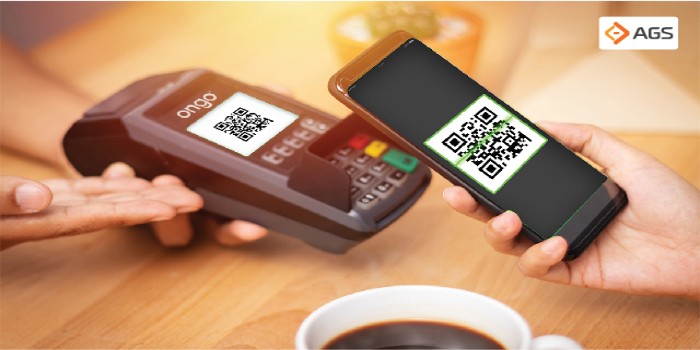Imagine a usual day in your life. You get ready for work, book a cab online through a cab aggregator and it’s already paid digitally as you don’t want to worry about the change. At lunch you crave for a sandwich and you quickly place a ‘zero contact’ order, which is also paid digitally. After a long tiring day, you realise the traffic is bad and you decide to take a metro instead. You swiftly book a ride, scan a QR code at the flap gates and take a comfortable ride home.
Imagine a usual day in your life. You get ready for work, book a cab online through a cab aggregator and it’s already paid digitally as you don’t want to worry about the change. At lunch you crave for a sandwich and you quickly place a ‘zero contact’ order, which is also paid digitally. After a long tiring day, you realise the traffic is bad and you decide to take a metro instead. You swiftly book a ride, scan a QR code at the flap gates and take a comfortable ride home. Over the past few years, Government of India’s initiatives coupled with landmark events such as the demonetisation and Covid-19 pandemic have led to a change in consumers’ purchasing habits. The recent RBI Survey reveals that close to 60% users prefer paying via digital channels for shopping and bill payments. However, cash is still preferred for small-value transactions. Additionally, close to two thirds of users opt for debit/credit cards over other digital modes of transport. This has encouraged payment players to further innovate.
Clearly there has been a significant shift from reliance on cash to debit/credit cards with almost frictionless payments such as the UPI QR code platforms. These options give consumers the freedom to choose his/her preferred mode of payment. Merchants are rapidly being equipped with advance digital platforms like an all-in-one Smart POS by digital payment providers such as Ongo, which empowers them to accept all popular modes of payments including Tap & pay, QR code and BHIM UPI instead of having multiple devices.
Digital payment brands like Ongo also offer Value added services that enables MSMEs to expand their business avenues by running their own loyalty programs and building a loyal customer base. For instance, Ongo Merchants can offer instant motor insurance on Ongo POS terminals. These value added services can easily be offered at a local kirana store or at fuel retail outlets, and are one of the many examples of how digital payment players are innovating to provide convenience and transparency to the consumers at touchpoints near them.
The growth of digital payments in the country and its increasing penetration in tier 3 & 4 towns, have boosted micro and small merchants in these areas. While e-commerce boom allowed them to push their products/services across the world, the advent of digital payment enables swift payment and refund/easy reconciliation in a truly contactless and borderless manner. Additionally, initiatives such as Buy Now Pay Later will bring more users under the ambit of digital India.
Another promising innovation is the AGS QR Cash feature for ATMs which enables a bank customer to withdraw cash in a completely ‘touchless’ manner. The bank user can simply scan a UPI QR code displayed on the ATM screen using a smartphone, making it a faster and more secure form of payment. AGS Transact Technologies has enabled UPI QR Cash feature on Bank of India ATMs. Similarly, AGSTTL has partnered with Mastercard to allow its users withdraw cash from partner ATMs in a card-less & touchless manner.
Digitalisation of payments has brought in a change in commuting as well. As social distancing & zero contact becomes the norm, smart ticketing is gaining pace. You can book tickets with a click of button, scan QR codes at flap gates of a Metro, book cabs effortlessly and even re-fuel digitally using applications like Fastlane. Implementation of National Common Mobility Cards (NCMC) will further ensure convenience to customers as they can use the same interoperable card to shop, park and of course travel through railways, metros and even buses.
On national highways, solutions such as FASTag which uses RFID technology, has accelerated electronic toll collection by enabling a seamless zip-through the toll plazas.
India’s journey of payments has seen a widespread growth and it is likely to continue owing to various Government initiatives, regulatory changes, and changing customer habits. Regulatory bodies such as RBI and NPCI have provided much needed push to the digital framework in the country which has increasingly strengthened the financial ecosystem. Recently, RBI has announced that it will make mobile wallets and prepaid cards interoperability mandatory by March 31, 2022. A robust infrastructure, positive regulatory changes and gaining acceptance of digital payments will aid India in becoming a less-cash economy.


